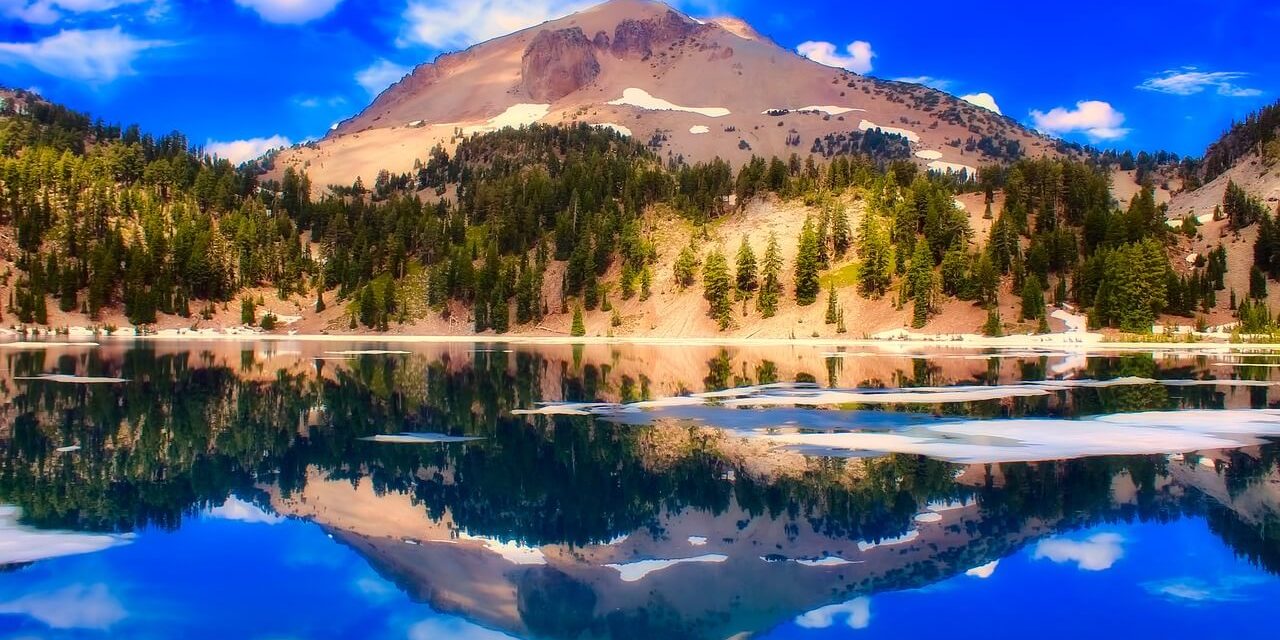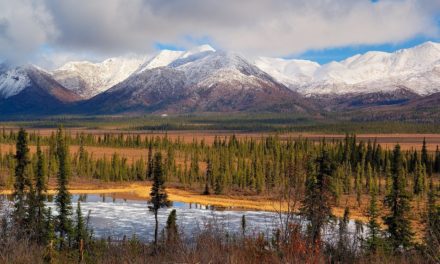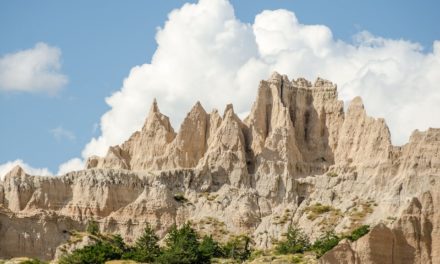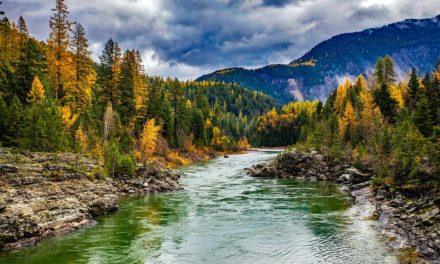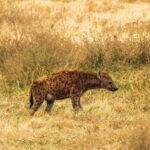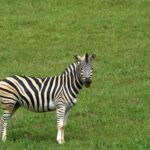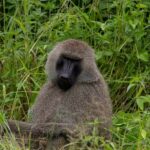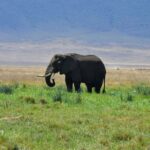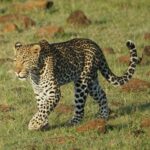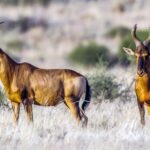Table of Contents
Overview / About
Lassen Volcanic National Park, located in northern California, is one of the few places on Earth where all four types of volcanoes shield, plug dome, cinder cone, and composite can be found in one region. Covering over 106,000 acres, the park showcases a dramatic volcanic landscape shaped by eruptions, steaming fumaroles, boiling springs, and crystal-clear alpine lakes.
Established in 1916, the park centers around Lassen Peak, one of the world’s largest plug dome volcanoes, which last erupted between 1914 and 1921. Today, visitors can walk across an active geothermal terrain, climb mountain summits, and explore lush forests that have regenerated from fiery beginnings.
Wildlife & Nature
Lassen’s ecosystem is a striking blend of volcanic terrain, alpine meadows, and dense forests. Wildlife:- Black bears, mule deer, foxes, bobcats, and mountain lions inhabit the forests.
- Smaller mammals such as marmots and pikas thrive in rocky slopes.
- Bird species include Clark’s nutcracker, mountain bluebird, and osprey near the lakes.
- Lower elevations feature pine and fir forests, while higher zones have hardy wildflowers and volcanic grasses.
- The park bursts into color in summer, with lupines and Indian paintbrush covering meadows.
- Major features include Bumpass Hell, Devil’s Kitchen, Boiling Springs Lake, and Cinder Cone all reminders of the park’s volcanic heart.
Experiences & Activities
Lassen Volcanic offers a mix of geothermal wonders and classic mountain adventures.- Hiking: Trails range from easy walks to challenging climbs.
- Lassen Peak Trail (5 miles round-trip): A must-do hike for panoramic views.
- Bumpass Hell Trail: Leads to steaming vents and bubbling mud pots.
- Manzanita Lake Loop: Gentle trail with reflections of Lassen Peak.
- Scenic Drives: The Lassen Volcanic National Park Highway (Highway 89) winds through geothermal zones and mountain passes.
- Camping: Enjoy peaceful campgrounds like Manzanita Lake and Summit Lake.
- Boating & Fishing: Manzanita and Butte Lakes are great for kayaking and trout fishing.
- Winter Sports: Snowshoeing and cross-country skiing transform the park into a quiet, snowy wilderness.
Best Time to Visit
- Best Season: July to October, when roads and trails are fully open.
- Spring (May–June): Snow begins melting, creating waterfalls and wildflower blooms.
- Summer (July–September): Warm days, clear skies, and full access to geothermal areas.
- Fall (October): Crisp air, golden forests, and fewer crowds.
- Winter (November–April): Heavy snowfall perfect for snowshoeing, but some roads close.
How to Reach & Park Entry
- Nearest Town: Redding, California (50 miles west).
- Nearest Airports: Redding Regional Airport (50 miles) or Sacramento International Airport (150 miles).
- By Car: Accessible via Highway 44 and Highway 36 the main entrance is near Manzanita Lake.
- Entry Fee: Around $30 per vehicle, valid for 7 days.
- Permits: Required for overnight backcountry camping.
Where to Stay / Camping Options
- Manzanita Lake Campground: Family-friendly, with tent and RV sites, cabins, and a small store.
- Summit Lake Campground: Scenic alpine setting, open in summer.
- Butte Lake Campground: Remote site near Cinder Cone Trail.
- Lodging Nearby: Options available in Mineral, Chester, and Shingletown, from cozy cabins to motels.
Travel Tips / Safety Notes
- Stay on boardwalks in hydrothermal areas ground temperatures can be dangerously hot.
- Weather can change quickly carry layers, even in summer.
- Keep food stored securely to avoid attracting bears.
- Altitude may affect breathing take hikes slowly if unaccustomed.
- Carry plenty of water; geothermal areas are hot and dry.
- Cell service is limited throughout the park.
Packing List
- Hiking boots and comfortable walking shoes
- Layered clothing (for changing temperatures)
- Hat, sunglasses, and sunscreen
- Water bottle and energy snacks
- Rain jacket or windbreaker
- Camera and binoculars
- Map or GPS (offline navigation)
- First aid kit
- Insect repellent
Visitor Statistics
Lassen Volcanic National Park welcomes around 500,000 visitors annually. Peak visitation occurs in July and August, while winter sees only a few thousand visitors making it one of California’s quieter yet most spectacular parks.Conservation & Responsible Tourism
Lassen’s fragile geothermal zones and recovering forests require careful protection. The National Park Service manages the area to balance visitor access with ecosystem preservation.
Visitors are encouraged to:
- Stay on marked trails to avoid damaging geothermal crusts.
- Respect wildlife and maintain safe distances.
- Use reusable bottles and minimize waste.
- Support park conservation programs and ranger-led initiatives.
Lassen Volcanic National Park stands as a living reminder of Earth’s fiery power a place where you can witness destruction and renewal side by side, and walk safely among the forces that shaped the planet itself.
Conservation & Responsible Tourism
Lassen’s fragile geothermal zones and recovering forests require careful protection. The National Park Service manages the area to balance visitor access with ecosystem preservation.
Visitors are encouraged to:
- Stay on marked trails to avoid damaging geothermal crusts.
- Respect wildlife and maintain safe distances.
- Use reusable bottles and minimize waste.
- Support park conservation programs and ranger-led initiatives.
Lassen Volcanic National Park stands as a living reminder of Earth’s fiery power a place where you can witness destruction and renewal side by side, and walk safely among the forces that shaped the planet itself.

